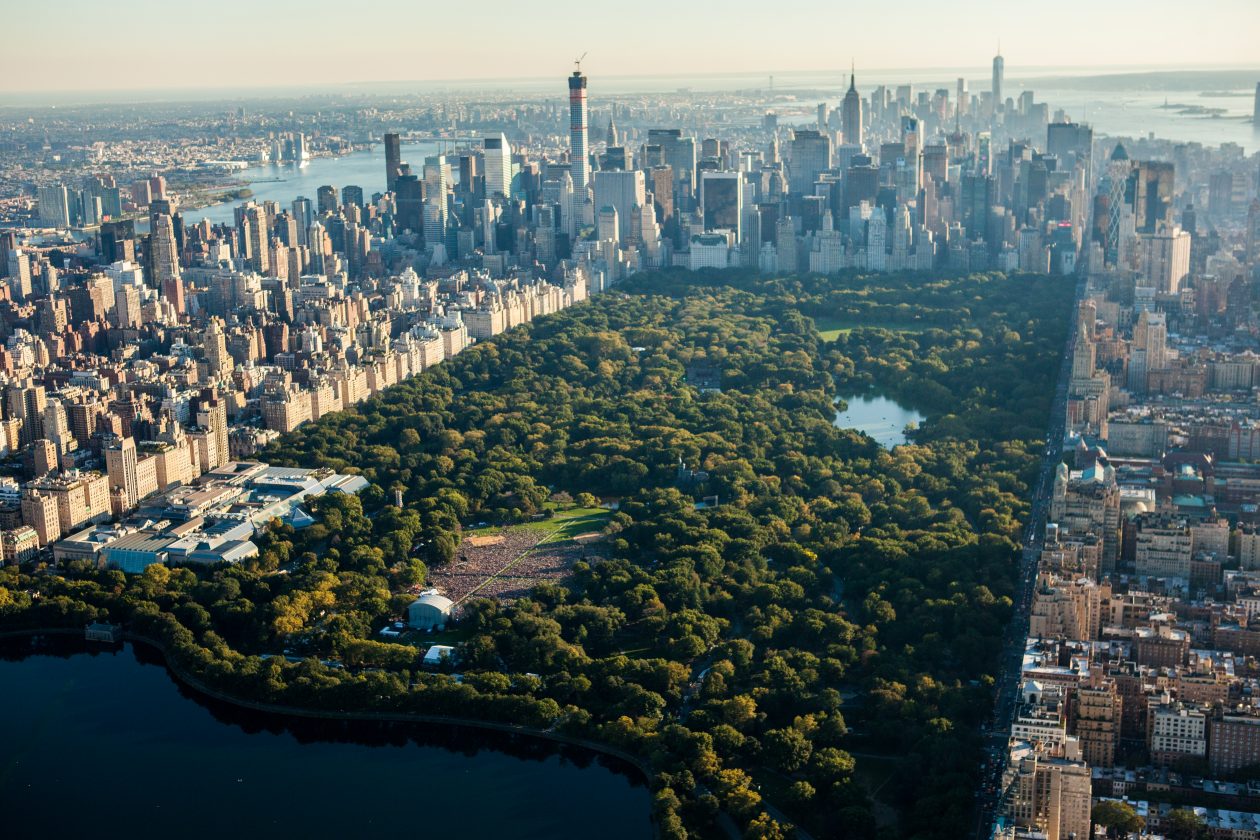Our first topic was all about the environment, we looked at the natural environment, urban environment and plants and living things. We looked at the mechanics of how plants grow, biodiversity and interdependence and energy sources and sustainability. We also looked at air pollution and how we can identify areas of plants that are being affected by air pollution.
The workshops were very useful in solidifying the learning achieved from the lectures, they were all very practical and I personally find it easier to remember things when they been practised hands on rather than on paper. Throughout the workshops we did various activities. We went out into nature and took tree bark and leaf rubbings using crayons, we went bug watching and tree identifying, we also we out to look for different types of lichen using a chart to help us identify them. We also went on a sensory walk around the University grounds so as to tune in all our senses into the environment around us. I enjoyed this as I often go out with my camera and watch, listen, touch, smell and even sometimes taste nature. Some of the other activities included making food webs, dissecting flowers, identifying plants from a selection of pictures and many others. My favourite activity was the tree identification as I’ve always tried to unsuccessfully remember tree names just by name, but this chart that we were given was very useful as it showed us the exact leaf shapes which was very useful in identifying those trees. These activities would definitely be something that i would use in a classroom in the future. Here are some pictures from the workshops, one is of a tree bark rubbing and the other is of a food web.


The directed study task involved us writing a blog post about our local urban environment, this can be found under the weekly blogs tab. This encouraged us to look at our local environment and experience it in a way that many us won’t have done before. We were also to talk about how we would plan out a lesson or topic around the urban environments of Primary 5 pupils.
There have been a few skills which i have developed throughout the topic of the environment, some of those are:
- Observing
- Listening
- Reading
- Evaluating
- Experimenting
- Analysing
The environment can relate to primary teaching in many ways. It is important to teach children and young people about the environment and ways to protect it as they are the future and one day it will be up to them whether or not the world as we know it survives. Teaching children about the environment doesn’t just help them to understand what is around them and how to protect it, but it can also teach them about making themselves healthier for example to avoid producing unnecessary air pollution by driving to the shop when its only round the corner or buying local produce or growing your own fruit and vegetables rather than buying produce that is flown half way across the world. Here are a few of the Curriculum for Excellence Experiences and Outcomes that relate to this topic:
- I can discuss the environmental impact of human activity and suggest ways in which we can live in a more environmentally responsible way. SOC 2-08a
- I can consider the advantages and disadvantages of a proposed land use development and discuss the impact this may have on the community. SOC 2-08b
- Having explored the ways journeys can be made, I can consider the advantages and disadvantages of different forms of transport, discussing their impact on the environment. SOC 2-09a
Before starting this module I would like to think that I had a reasonably good understanding of the environment and even if my understanding wasn’t as good as I thought it was, I was interested to learn more about it. So far I’m really enjoying this module as it is feeding my desire to learn and engage more in the sciences as I have always had a passion for them even if my exam results don’t say the same thing! After the lectures and workshops on the environment I can say that I think I would feel quite confident in teaching a class about the environment either in a one lesson format or a topic format.
One thing that learned that I hadn’t ever thought about was that ‘the environment’ doesn’t just mean plants, nature and all things green. I didn’t realise that there is such a thing as an urban environment and that the towns and cities we live in are classed as environment. Before starting this module I would have said that the urban environment is ruining the natural environment, towns and cities are the reason for global warming and air pollution. This is in fact correct. 54% of the world’s population lives in cities, 75% of the global energy consumption comes from cities and 80% of gas emissions that cause global warming come from cities. To tackle the environmental issues of our planet we have to start in the cities all over the world. Air pollution and the majority of the gases causing global warming are not caused y the whole world as a whole, only by the cities that over half of the world live in. So to combat air pollution and global warming we should look at how our cities can become more sustainable and environmentally friendly. This could also be a good activity for children to do as they create and design their own environmentally friendly and sustainable cities, thus showing their learning of the environment and its protection through are and other areas of the curriculum.
Useful Resources:
- http://www.neighbourhood.statistics.gov.uk/HTMLDocs/dvc134_c/index.html
- https://www.ted.com/talks/alessandra_orofino_it_s_our_city_let_s_fix_it/transcript
- www.scottishairquality.co.uk
- http://moodle.uws.ac.uk/pluginfile.php/108981/mod_resource/content/1/urban%20env.pdf
- https://www.education.gov.scot/Documents/social-studies-eo.pdf
- https://www.eea.europa.eu/themes/urban/intro
- http://www.gov.scot/Topics/Education/Schools/curriculum/ACE/OnePlanetSchools/LearningforSustainabilitreport
- http://moodle.uws.ac.uk/pluginfile.php/320579/mod_resource/content/1/Beyond%20Your%20Boundary.pdf
- https://rsgs.org/
- https://www.woodlandtrust.org.uk/naturedetectives/
- http://www.saps.org.uk/primary
- http://www.bbc.co.uk/bitesize/ks2/science/living_things/plants/read/2/
- http://science.nationalgeographic.com/science/prehistoric-world/big-bloom/
- http://moodle.uws.ac.uk/pluginfile.php/108974/mod_resource/content/1/plants%20-%20Deakin%20Material.pdf
- https://www.youtube.com/watch?v=k3b2VCNzhZo
- https://thecrunch.wellcome.ac.uk/schools
- https://www.youtube.com/watch?v=xFL_u3qk73U
- https://thecrunch.wellcome.ac.uk/schools-and-colleges/dont-take-us-for-granted
- http://moodle.uws.ac.uk/pluginfile.php/108909/mod_resource/content/7/recycling.pdf
- United Nations Environment Programme (2012) Cities and Carbon Finance: a Feasibility Study on an Urban CDM. Paris: UNEP (Chapters 1 and 2)
- Blyth. A and Krause. J (1995) Primary Geography London: Hodder and Stoughton.
- Scoffham. S (2010). Primary Geography. Geographical Association.


